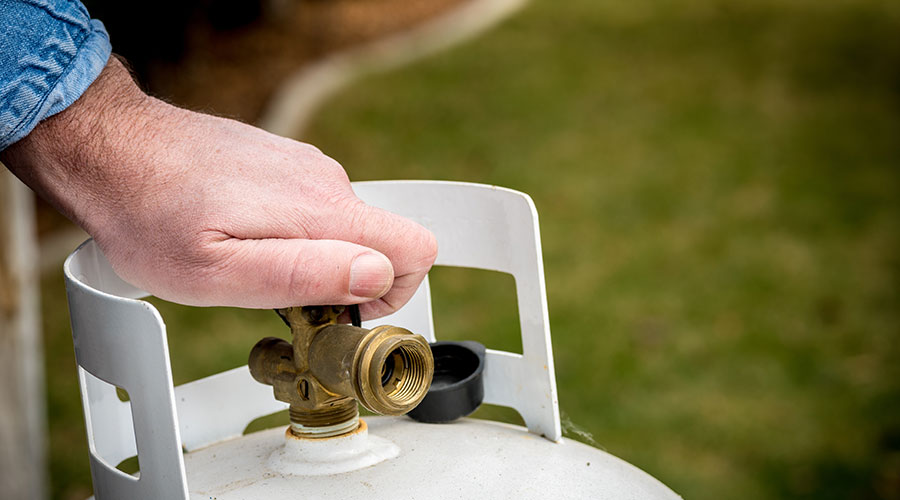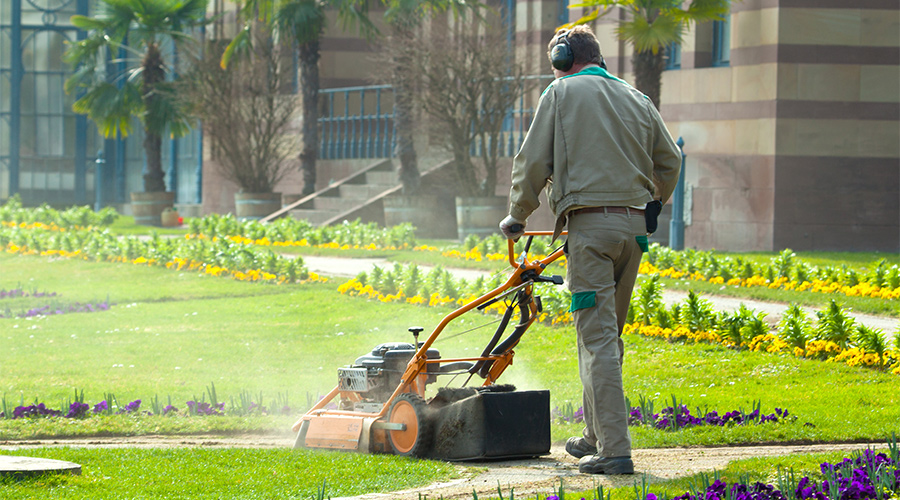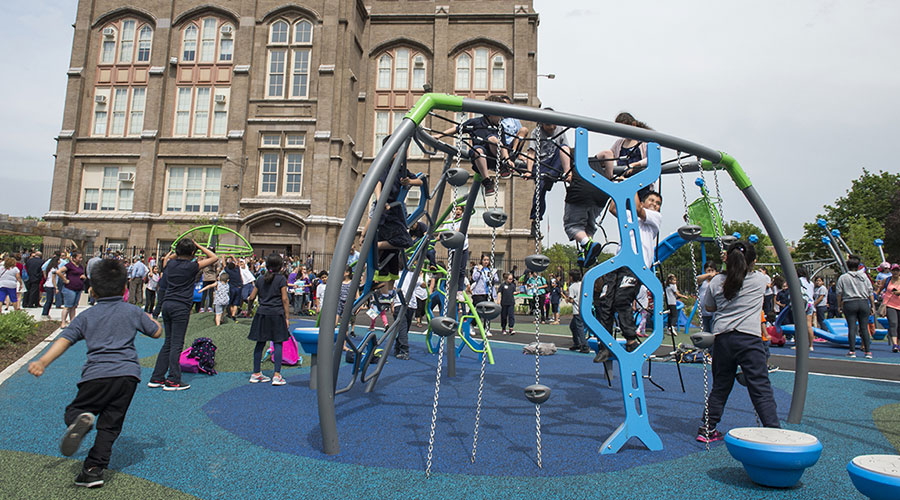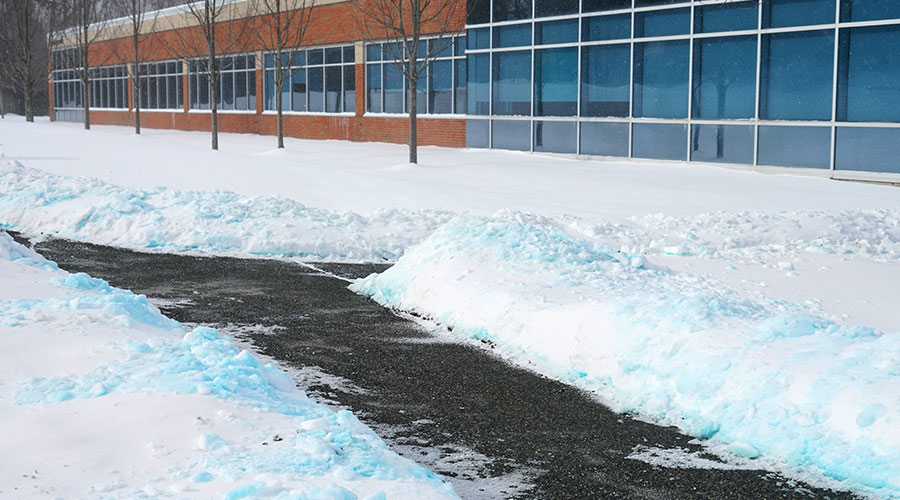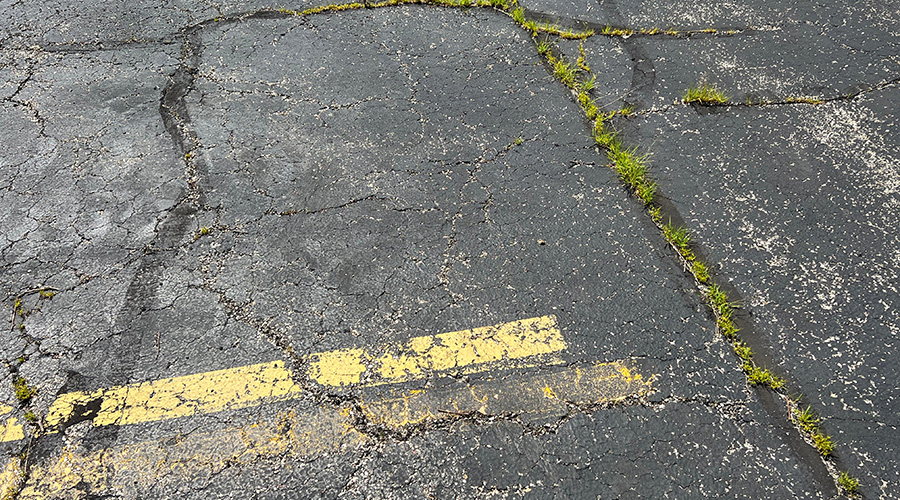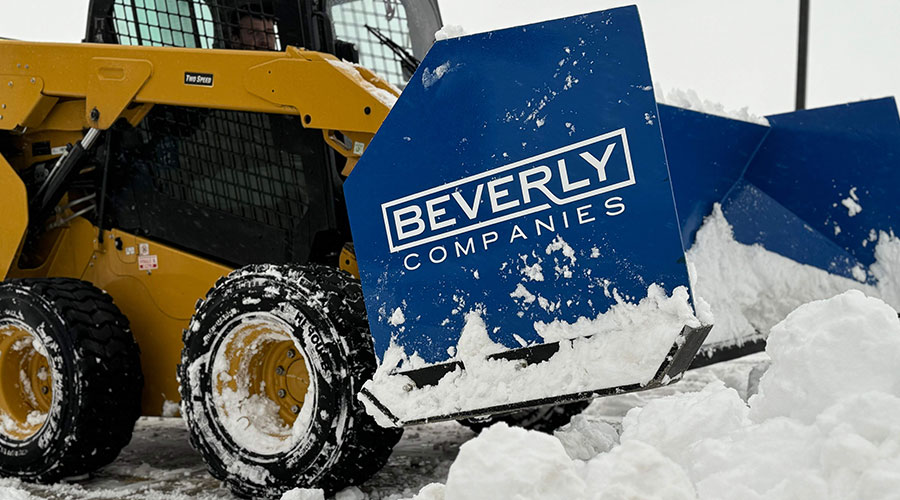Smarter Purchasing and What’s Next for Grounds Equipment
Grounds equipment manufacturers offer insights on selecting the right tools for today’s needs and preparing for the challenges ahead.
Choosing the right equipment is about more than just horsepower and price tags. Grounds managers must consider site conditions, staffing constraints, long-term costs and how their needs may evolve.
In this manufacturer roundtable, Facility Maintenance Decisions spoke with grounds equipment manufacturers for advice for smarter equipment purchasing and shed light on the trends that will shape the next generation of grounds tools and machinery.
FMD: How can grounds managers ensure they are purchasing the most appropriate equipment for their landscapes’ needs?
“They should evaluate site size, terrain complexity and usage frequency, then work with manufacturers or dealers to match those needs to the right equipment balancing productivity, sustainability and TCO.”
— Jack Easterly, global business segment manager, landscaping and facility, Husqvarna
“Grounds managers can ensure they are purchasing the most appropriate equipment for their landscapes’ needs by following a strategic, informed approach that considers several key factors:
Conduct a Thorough Needs Assessment
- Understand the specific terrain, plant types, maintenance tasks and scale of the landscape. Determine what tasks are most common (mowing, aerating, edging, pruning, etc.) and how often they need to be performed.
- Develop a Maintenance Plan: This is critical in the pre-purchase phase. You need to understand your final vision of care for your site.
- Establish Goals: Define desired outcomes such as aesthetics, safety, sustainability and cost-efficiency.
- Prioritize Tasks: Focus on equipment that aligns with the most critical and frequent maintenance activities.
Research Equipment Options
- Compare Features and Capabilities: Look for equipment that matches the landscape’s size, terrain and specific needs.
- Consider Versatility: Multi-use or modular equipment can offer flexibility and cost savings.
- Assess Brand Reputation and Support: Choose reputable brands with good customer support and service networks.
- Evaluate Cost-Effectiveness: When formulating budgets and presenting to stakeholders the data matters.
- Total Cost of Ownership: Consider purchase price, maintenance costs, fuel efficiency and lifespan.
- Energy Efficiency and Sustainability: Opt for equipment that reduces environmental impact and operational costs.
- Seek Expert Advice and Input: Ask your peers for input, join associations in your field to gain knowledge from fellow members.
- Consult Suppliers and Manufacturers: They can provide insights into the best equipment for specific landscapes. They want the end user to be happy with their equipment.
- Engage Staff and Technicians: Those who will operate the equipment can share practical insights.
Test Equipment Before Purchase
- Demo Units: Arrange for demonstrations or trial periods to assess usability, performance and compatibility.
- Evaluate Ease of Maintenance: Ensure equipment is accessible for routine maintenance and repairs.
- Plan for Future Needs: Keep an eye on your future state of operations while making a current purchase.
- Scalability: Ensure equipment can accommodate future landscape expansion or modifications.
- Upgrade Paths: Consider compatibility with newer technologies or attachments.
- By systematically assessing their landscape’s specific needs, researching options thoroughly, consulting experts and planning purchases carefully, grounds managers can select equipment that enhances efficiency, reduces costs and promotes healthy, attractive landscapes.”
— Vince Jagodzinski, grounds and field testing manager, Stanley Black & Decker
“The key here is working with your local dealer sales and service people. Different locations will often have different challenges that may change what unit will work best. In many cases your dealer has encountered whatever situation you have in front of you with another customer and knows what does and doesn’t work. In addition, being involved in Industry groups allows for networking with other managers and having that open line of communication with others is also invaluable.”
— Lenny Mangnall, product manager, Exmark
FMD: What issues are driving the future evolution of grounds equipment?
“Labor shortages, stricter emissions regulations, sustainability targets and the demand for data-driven, autonomous solutions are the main forces shaping the next generation of equipment.”
— Jack Easterly, global business segment manager, landscaping and facility, Husqvarna
“There are several key issues driving the next generation of grounds equipment, many of them mentioned throughout these questions. These trends are not only related to the grounds industry but reflect the growing trends in tech, sustainability, operational efficiencies and safety. Everything is intertwined.
The increasing pressure to reduce emissions, reduce our carbon footprint, eco-friendly materials for equipment development. Automation and robotic technology will help with efficiency and reduction of labor costs. Smart operating systems like GPS sensors and AI integration for more efficient ways to work the grounds. Technological integration allows for connected equipment, predictive maintenance and smart scheduling. Safety and ergonomic concerns for the operator as well as the “customer” on their site. Labor challenges and workforce shortages are still a concern. Grounds managers are always looking for solutions to these problems.
The future of grounds equipment is being driven by environmental concerns, safety priorities, technological advancements, workforce dynamics and changing customer expectations. Manufacturers and users alike are focusing on the innovations that enhance sustainability, safety and efficiency to meet these evolving demands.”
— Vince Jagodzinski, grounds and field testing manager, Stanley Black & Decker
“Labor continues to be the biggest issue we hear about from our customers. Reducing maintenance, building machines that do more and keeping them as reliable and intuitive as possible all help efficiency and reduce labor needs.”
— Lenny Mangnall, product manager, Exmark
Jeff Wardon, Jr., is the assistant editor of the facilities market.
Related Topics:







